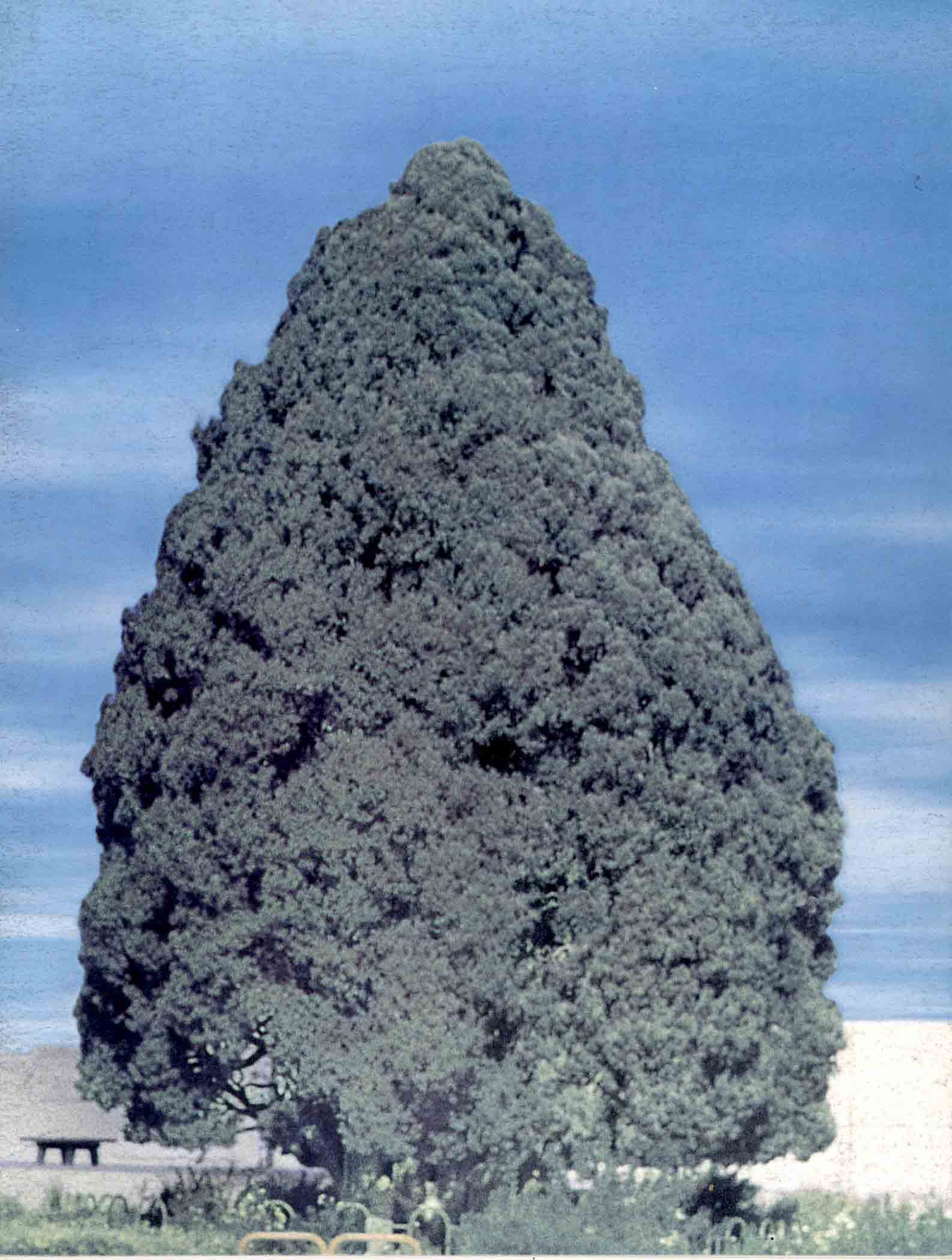Document Type : Research Paper
Author
Abstract
Modeling means presenting a complex situation in a simple and hypothetical manner, with emphasis on some aspects and attributes and removing others in order to recreate the status of the past and predict the future. The first modellings were performed on the atmosphere. Then, by using other branches of scientific knowledge, climate modeling was carried out.
Climate models fall into four categories of Energy Balance Models (EBM), Radiation-Convection Models (RCMs), Statistic-Dynamic Model (SDM) and general Circulation Models (CCM).
General Circulation Models of the atmosphere determine the three-dimensional climate indices in networks and calculate dynamic and thermodynamic processes in each network and from one network to the other based on basic equations of movement and in different time and spatial periods and atmospheric levels.
Finally, the content and foundation of these models are based on dynamics, physics and levels affecting the dynamics and physics of the climate.

